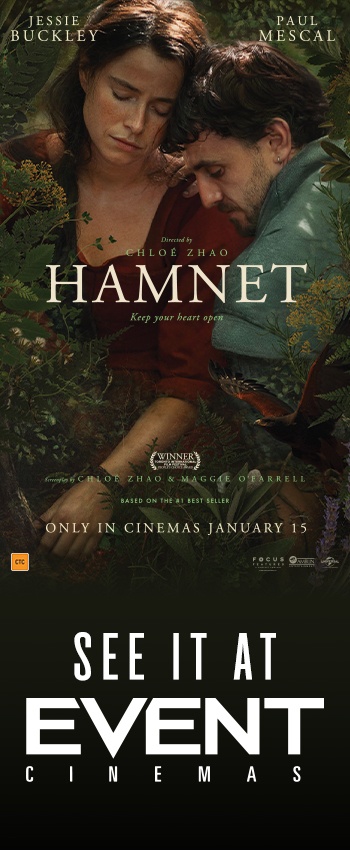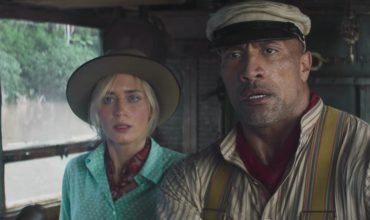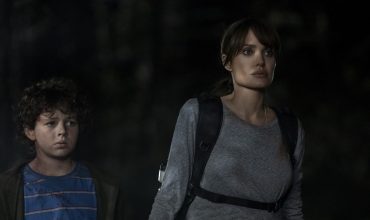In 1973, at the Houston Astrodome, 29-year-old Billie Jean King played 55-year-old Bobby Riggs at an exhibition tennis match described as a “battle of the sexes”. Riggs had won Wimbledon in 1939 and been World Number 1 in the 1940s. King was at a career peak. In the previous year, she had won her first French Open, her third US Open and fourth Wimbledon. The idea behind this event was that Bobby Riggs wanted to prove that women’s tennis was inferior to men’s. Riggs had already put this theory to the test in a previous ‘battle of the sexes” exhibition match against Australian Margaret Court, the women’s World Number 1, four months earlier in California. Riggs won (6–2, 6–1).
The attitude of Riggs and and King were very different going into their match. Riggs was confident. He had renewed popularity after the win against Court and used the opportunity to market products and make money. He toured the country doing photo-shoot stunts wearing comedic costumes. King trained hard for the event because she believed losing to Riggs would set back women’s tennis specifically and the cause of women’s equality generally. She studied the Court versus Riggs game and decided to change her own game somewhat, in order to face Riggs in Houston.
All of this tennis history is engagingly dramatised in BATTLE OF THE SEXES. King is played by Emma Stone and Riggs by Steve Carell. The two stars, and indeed the movie, have the interesting task of portraying these well-known 1970s celebrities who became more famous through this particular event. One of the pitfalls was to avoid caricature and this is achieved.
The film has another clear storyline running through it. Billie Jean was married to Lawrence “Larry” King (not broadcaster Larry King). The film portrays the beginnings of Billie Jean’s attraction to Marilyn Barnett which was her first same-sex relationship. Barnett is played by Andrea Riseborough as a free-spirit with no previous interest in celebrity or tennis. She meets Billie Jean and is taken by her presence and who she is as a person. Larry King (Austin Stowell) is portrayed as a husband who has learnt, to some extent, to take second place to his wife’s drive to win at her sport.
Co-directors Jonathan Dayton and Valerie Faris are known for LITTLE MISS SUNSHINE (2006) and RUBY SPARKS (2012) as well as a slew of high-profile music videos. Simon Beaufoy has written THE FULL MONTY (1997) and SALMON FISHING IN THE YEMEN (2011) and a slew of screenplays. This team has done a good job of mixing the big themes and small details. In 1973, “Male Chauvinist” and “Women’s Liberation” were the terms that people used; the ideas are framed in the language of the time. Care has been taken to portray the early 1970s visually, philosophically and culturally. Iconic sports commentator Howard Cosell is represented by the actual TV video of 1973 and his commentary forcibly reminds you how different the era was. What he says about King on occasion, and his body language towards another female player, Rosie Casals (Natalie Morales), would be considered utterly condescending now, but Cosell is by no means being vilified. As the movie makes clear, this is how the world was and these are the attitudes that players like King were fighting to change.
Australian viewers will note Home and Away and Packed to the Rafters’ Jessica McNamee as Margaret Court. There is also a galaxy of well-known supporting actors including Sarah Silverman, Bill Pullman, Alan Cumming, Elisabeth Shue, Eric Christian Olsen and Fred Armisen.
BATTLE OF THE SEXES is an entertaining snap-shot of 1973 and has winning performances from the two leads. This is an enjoyable two-hours at the movies. (8/10)




